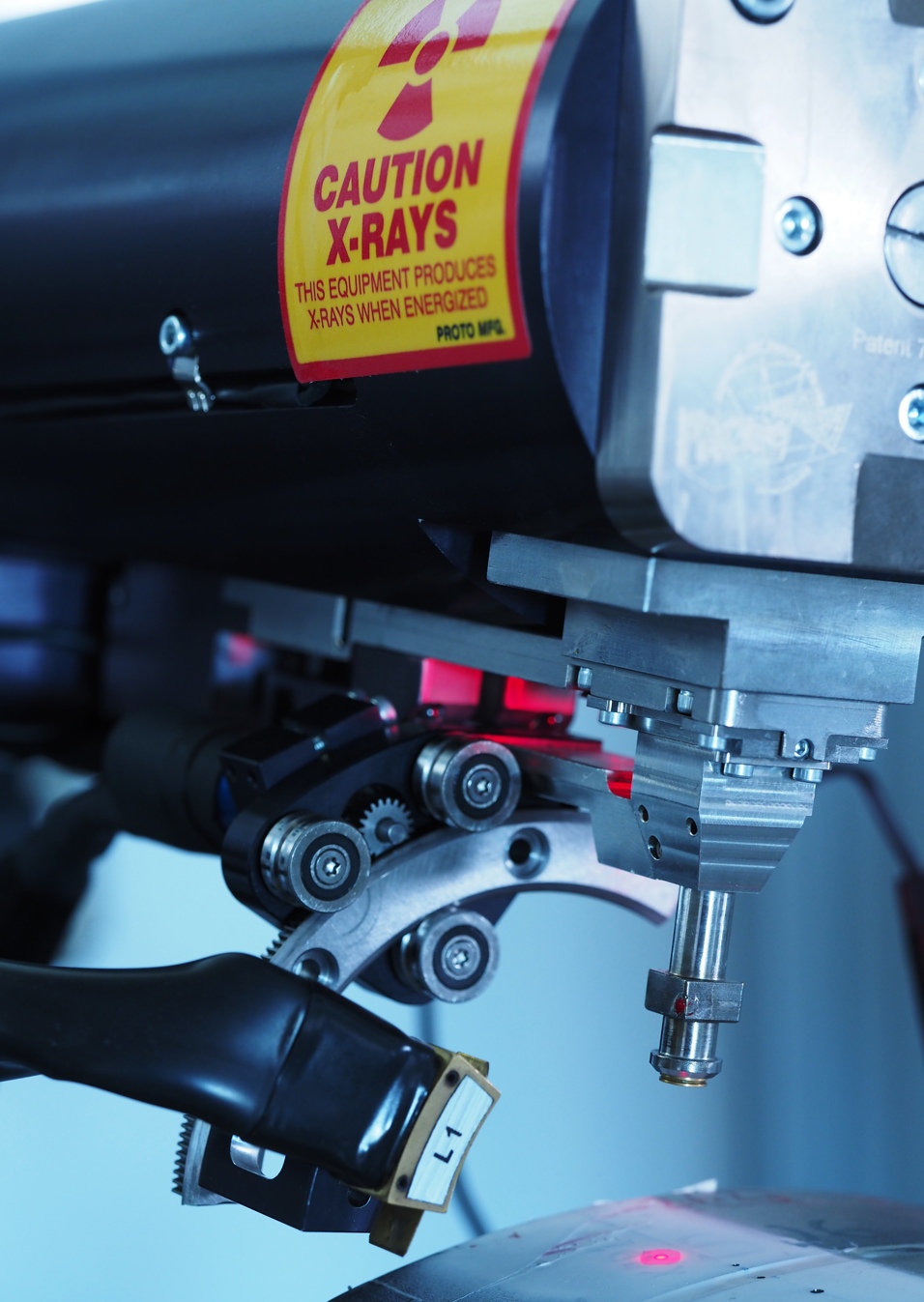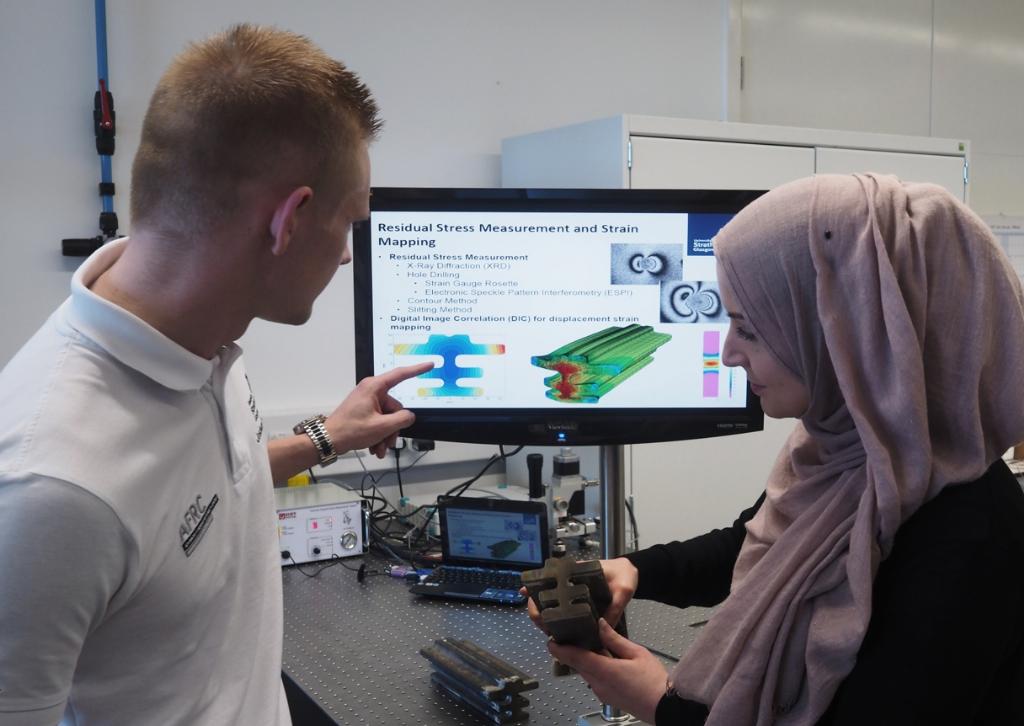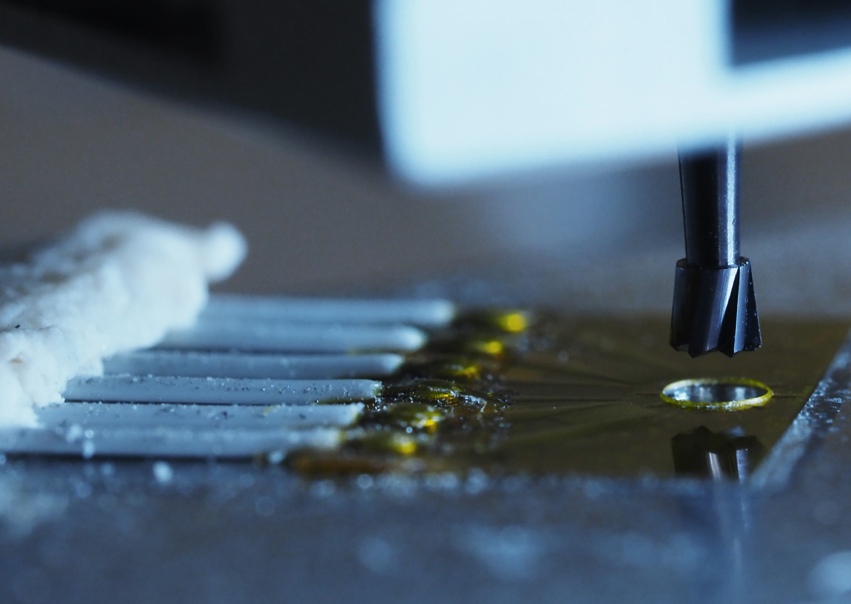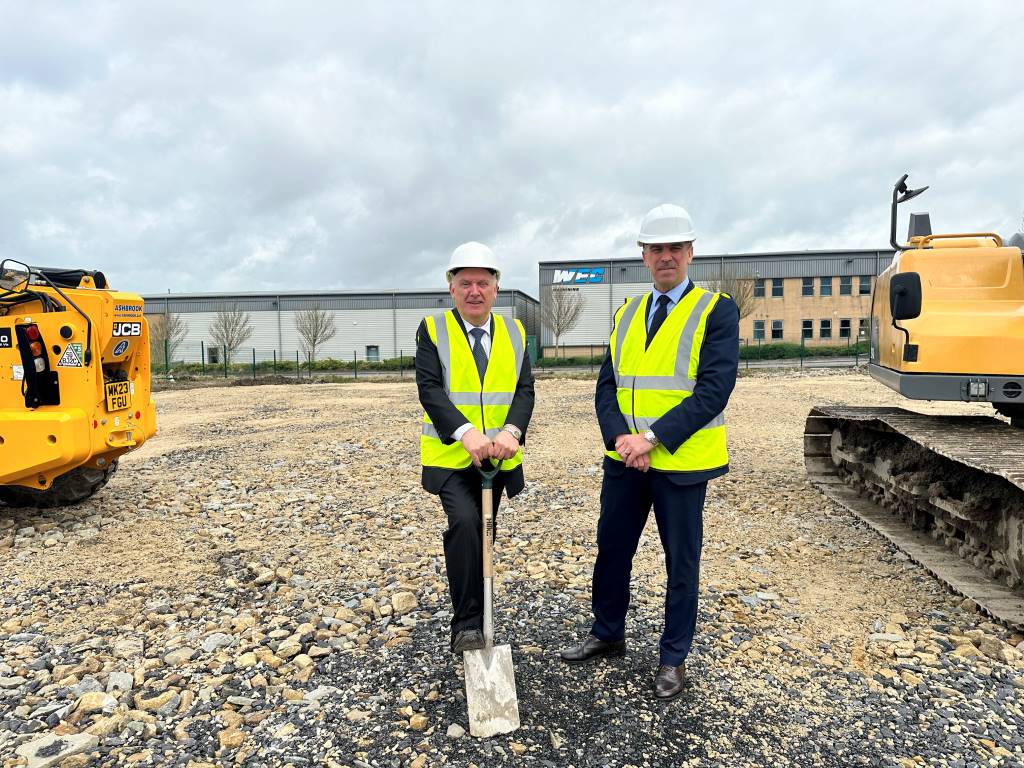JUNE COVER STORY: Material gains

The aerospace industry and the Advanced Forming Research Centre (AFRC) are leading the way in controlling residual stress and resulting distortion. PES reports.
Non-conforming parts, due to distortion, have been a problem in the aerospace industry for decades. Estimates suggest that it costs the sector hundreds of millions of pounds in waste and scrapped components on an annual basis – a significant sum by any stretch of the imagination; even for a multi-billion-dollar industry.
The source of this issue might not be immediately obvious to manufacturing engineers. The tendency for them is to use their experience and practical techniques to alter methods of manufacture, process parameters and workholding solutions. But, those are not the only ways to find solutions to such manufacturing challenges – their source can often be invisible to these forms of examination.
Instead, in many cases, the problems are locked into the materials they are working with, induced from the early stages of their manufacturing lifecycle. It’s called residual stress – a term that some engineers may not be familiar with, but describes the stress within a component or material when all the applied loads and forces acting on it are removed. Residual stress can add to or subtract from the applied stresses and lead to unexpected consequences, such as failure or distortion out of required tolerances.

Why might it be an unfamiliar concept to engineers? Mainly because it’s still a relatively young discipline in material science, as it’s not included in the undergraduate curriculum and only covered by those seeking post-graduate education. Residual stress wasn’t completely recognised as a deteriorating factor by most industries until recently, when it became a focus for the aerospace and nuclear sectors; which is understandable considering the potential consequences of a failed component in either of these settings.
“Residual stress has only become an applied science in the past 25 years or so,” says Dr Salah Rahimi, principal materials fellow at the University of Strathclyde’s Advanced Forming Research Centre (AFRC), part of the High Value Manufacturing Catapult.
“It’s still in the very early stages of development and getting the message out there to the industry can be challenging – for the most part, residual stress is thought of as a theoretical aspect of materials, rather than an applied science.
“That said, aerospace has been at the forefront of developments in residual stress – many industries are still trying to catch up with it. Some don’t even realise it’s an issue that affects them at all.”
Locked in
A big part of that lack of knowledge is how residual stress gets locked into a component in the first place. In typical manufacturing processes, materials will be exposed to the sequential processes of forging, quenching, heat treatment and machining, with heat treatment and quenching tending to be chief among them.
Usually, components are quenched in order to achieve their final desired mechanical properties. When they are removed from heat treatment and cooled, through quenching, the skin of the material begins to cool down – but, crucially, in an uneven way.

The temperature of the outer layers, particularly in chunky components, drops much more quickly than the core, creating two contradictory pressures on the part: while the exterior wants to shrink, the interior is still trying to expand. The thermal gradients induced by quenching can be severe enough to generate residual stress fields of significant magnitudes.
“The result,” says Dr Rahimi, “is that as the entire part cools, these forces cause deformations and create stresses inside the component. It exists in all kinds of objects: if you cut a watermelon open, for example, it often breaks open ahead of the knife. That’s because the residual stresses lying within it apply enough driving force to crack the fruit before the knife cuts through.”
While the results of a jagged slice of melon might be trivial, the consequences in aerospace are altogether more serious. The manufacturing process can force parts out of their dimensional tolerances, which are absolutely critical in aerospace applications – components need to be exactly within these parameters because of the huge amount of pressure under which aircraft find themselves.
Good stress, bad stress
Developing an appreciation for where residual stress has been induced in the manufacturing process is therefore hugely important for aerospace engineers. So too is understanding what form it is taking within the component, and how it can be controlled. It may seem counter-intuitive, but residual stress can also be a good thing for airplanes – if it’s done right.
“Let’s take a turbine disc in a civil aviation engine,” explains Stuart Laidlaw, knowledge exchange fellow at the AFRC. “It will reach a temperature of about 700°C, so it needs to have a high degree of fatigue resistance. Tensile residual stress will encourage cracks to form, which reduces the life of the part – so we need to find ways of removing this from the manufacturing process.
“On the other hand, we know that compressive stress can improve fatigue resistance by two or three times, depending on material and loading condition – inducing the right amount of this will actually enhance the part. So, we need to find a way of introducing this in the part’s lifecycle, while avoiding tensile stresses. One option could be adding a process like shot peening to the manufacturing route; a similar technique to sandblasting, but with metal shots.”
The big problem with distortion is that it’s not apparent there is an issue until it’s too late – a part isn’t given the chance to ‘relax’ until late in the manufacturing process; often when it’s being machined. To make matters even more complex, the act of machining a part can also induce heat and mechanical stresses, which also need to be taken into consideration.
As an example, long shafts for an engine need to stay within microns of their dimensional tolerances. Removing material at the machining stage will rebalance the stresses in the part, which causes distortions and makes it very difficult to keep it within them. By this stage, a large amount of the cost has been sunk into what are usually high value components, only for them to fail or distort.

“It’s a particular problem for thin-walled parts,” says Stephen Fitzpatrick, senior manufacturing engineer and machining team lead at the AFRC, “which are common in the aerospace industry. Residual stress has a large bearing on machining – you need to plan for how your component is going to move or distort when you’re removing stock material, ensuring that it conforms to its design. A lot of the time, that’s put down to the intuition or judgement of a factory’s more experienced manufacturing engineers. But it can’t continue and that’s why centres, like the AFRC, are making it such a priority – we’re putting science into what’s considered a black art.
He continues: “When you understand where residual stress is being induced, how much is in a part, and what kind of stress it is, you can then look at your method of manufacture, make adjustments, and find new ways of optimising it. The technology and expertise is there to be more predictive with residual stress and cut out huge amounts of waste – whether it’s through redesigning a process, removing operations to increase productivity, or changing machining strategies.”
Technological advances
It’s a sentiment Dr Rahimi agrees with. He adds: “The last few decades have seen huge advances in the technology available to detect, describe, and, most importantly, control residual stress. We can trace residual stress, identify where it is coming from, and set out how the evolution occurs throughout a part’s manufacturing cycle. The UK is a global leader when it comes to residual stress – the AFRC is a core part of that research, developing new, industrial-scale methodologies and working with a range of unique equipment.
“We’ve only really scratched the surface of residual stress though – there are a large number of businesses out there, even in aerospace, which don’t realise this is a problem for them,” he warns. “Some may have just discounted large amounts of waste as a fact of business; but it doesn’t need to be. With access to the right technology, expertise, and experience, entire sectors can tackle the problem of residual stress, just like the aerospace industry is doing now.”
Advanced Forming Research Centre www.strath.ac.uk/research/advancedformingresearchcentre/
Case study
The AFRC worked with a leading aerospace component manufacturer to investigate why one of its parts was bending during production. The component, which had a profile of 5 inches by 4 inches, was formed through hot extrusion at 950 °C and then quenched in water.
Investigating the source of the problem, the AFRC measured the residual stresses present in a selection of the final components and realised that they were not uniformly distributed. By mapping out the manufacturing process the centre’s team realised that, during the quenching process, water was sprayed onto the part unevenly – resulting in one side cooling more quickly than the other and producing the asymmetrical residual stress distribution.
Using this information, the AFRC was then able to pinpoint where the process needed to be modified, eliminating the issue for the company involved.














